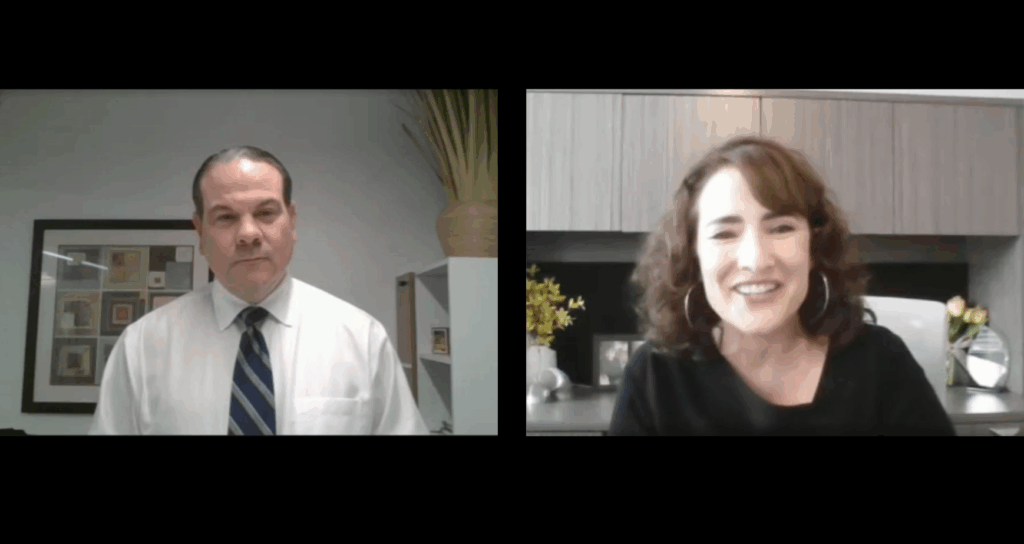Lessons for Boards and Leaders
In a rapidly changing policy and media landscape, governance isn’t just about oversight, it’s about foresight. As a Board member, your organization’s ability to anticipate challenges and respond effectively rests in part on your leadership.
During our recent LinkedIn Live session, “Are You Ready to Act? Advocacy & Crisis Communications Planning Starts Now,” Chris Krueger, Executive Vice President of Public Affairs, and Robin Applebaum, Senior Vice President of Public Affairs, discussed how Boards can strengthen their organizations’ resilience. These five essential questions can help guide your next strategic discussion and ensure your organization is ready for what’s next.

If you missed it, you can (watch the full recording here). At the end of this article, you will also find a link to download a practical checklist for board and staff leaders.
1. Are we prepared for shifting policy and regulatory priorities?
Regulatory change is accelerating. Boards must ensure the organization is tracking emerging policies and adapting advocacy priorities accordingly.
- Does the Board receive regular updates on policy trends?
- Are advocacy goals aligned with your organization’s mission and long-term strategy?
Proactive oversight protects your members, strengthens credibility, and positions your organization to shape, not chase, policy developments.
2. Do we have a current, tested crisis communications plan?
Crisis readiness is a governance responsibility. As Robin emphasized, when news breaks, reporters and producers move quickly. If your organization can’t match that pace, the narrative forms without you.
Boards should confirm that:
- The crisis plan has been reviewed and updated in the past year.
- Clear roles and approval protocols are in place.
- Advocacy and communications leaders coordinate their messaging.
An effective crisis plan is a sign of organizational maturity and preparedness.
3. Are our advocacy and communications teams aligned?
Advocacy and communications work best when they work together. Chris noted that alignment between these functions allows organizations to influence policymakers, reassure members, and act confidently in fast-moving situations.
Boards should ask whether the organization has a unified messaging strategy and cross-functional planning for both opportunities and risks.
4. Are we fostering resilience at the governance level?
Preparedness doesn’t end with staff. Resilient organizations have Boards that anticipate challenges and allocate resources to address them.
That means integrating advocacy and crisis planning into Board agendas, training, and risk management discussions; not leaving them as operational afterthoughts.
5. Are we leading the conversation on preparedness?
The most effective Boards lead by example. They champion proactive communication, demand scenario planning, and hold the organization accountable for readiness.
At Kellen, our Public Affairs team works closely with Boards to strengthen advocacy, communications, and governance strategies to help associations stay ready for rapid change and public scrutiny.
Final Thought
Advocacy and crisis communications are no longer optional agenda items. They are pillars of effective governance. By asking the right questions now, Boards can ensure their organizations remain trusted, influential, and resilient in 2026 and beyond.
Kellen is a global leader in association management and communications, providing strategic guidance, operational support, and industry insight to over 100 associations worldwide. We help boards lead with clarity, vision, and impact. Want to learn more? Reach out to info@kellencompany.com.


